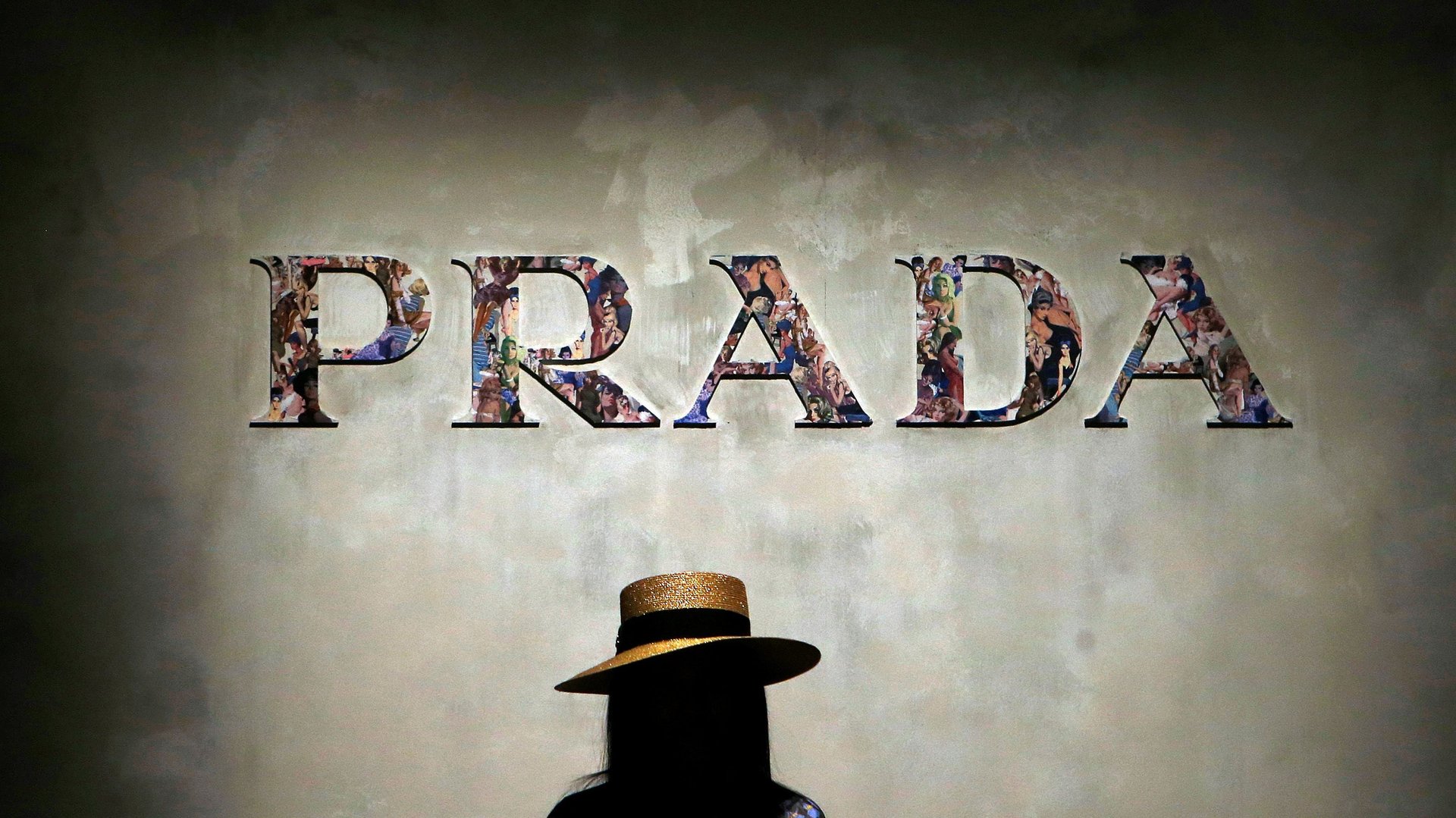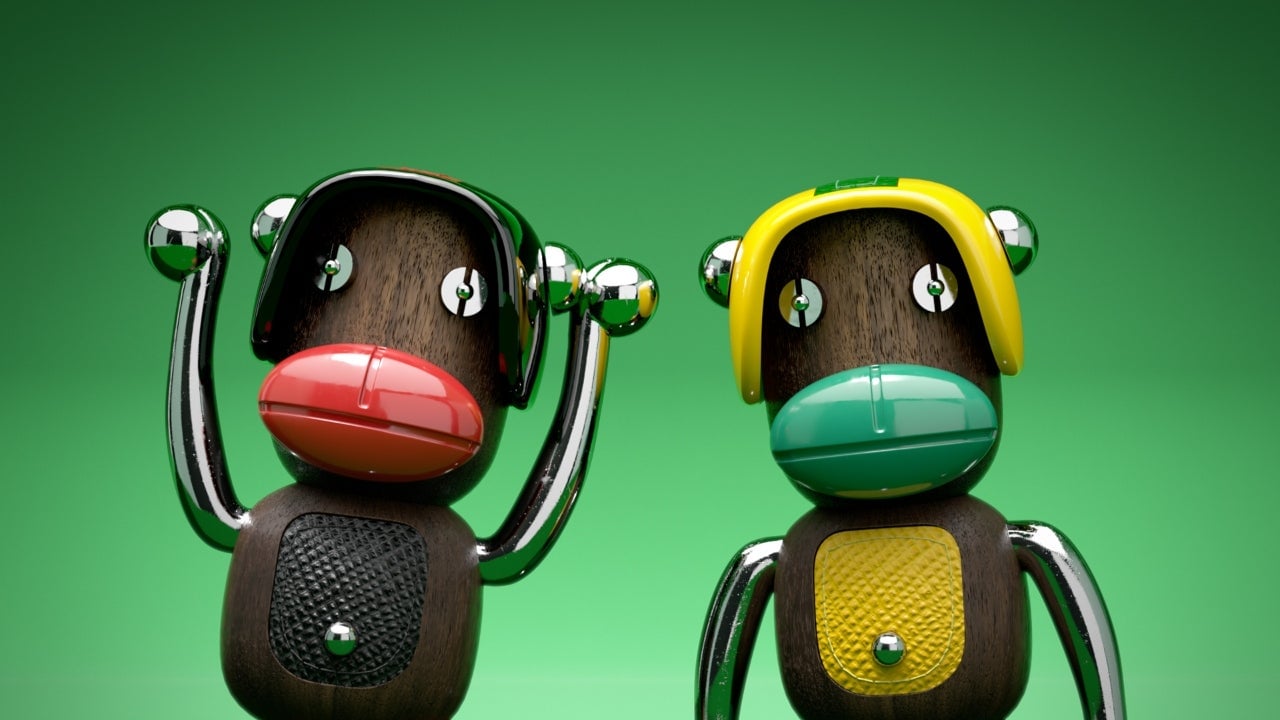Prada has pulled its red-lipped monkey dolls, which echoed racist “Sambo” imagery
Context matters, as international brands keep learning the hard way.


Context matters, as international brands keep learning the hard way.
The luxury fashion brand Prada is being accused of displaying racist imagery over a doll that serves as a keychain and handbag charm. The image, of a monkey with exaggerated lips, bears an uncomfortable resemblance to the “Black Sambo” figure, which has a long and horrid history in the US.
Sambo, a caricature of a black boy who was made to appear practically sub-human, was usually drawn with dark brown or black skin and bright red protruding lips—a visual trope that Prada’s cartoonish monkey charm recalled for many.
“Until the civil rights movement helped to virtually obliterate Sambo, he was white America’s favorite popular image of blacks—a stupid, winning figure, drawling, wide-grinning, eager to serve, ever ready with a song and a step, nothing if not droll,” wrote author and professor Robert G. O’Meally in a New York Times review of a book on the caricature. Sambo as a character appeared in the 1899 children’s book Little Black Sambo. The comparing of humans to monkeys is a dehumanizing and racist trope going back centuries around the world.
Prada announced today (Dec. 14) it had pulled the charm, which was a part of its “Pradamalia” collection. In a statement, it said:
Prada Group abhors racist imagery. The Pradamalia are fantasy charms composed of elements of the Prada oeuvre. They are imaginary creatures not intended to have any reference to the real world and certainly not blackface. Prada Group never had the intention of offending anyone and we abhor all forms of racism and racist imagery. In this interest we will withdraw the characters in question from display and circulation.

The charm didn’t immediately spark accusations of racism upon its release several weeks ago. It is one of several in the collection, including another monkey charm with green and yellow coloring, which has been on display in cities including Tokyo and Paris, and has been featured in the fashion media.
It was in a window at the Prada store in New York’s Soho neighborhood that the brown-and-red dolls caught people’s attention. In a Facebook post, Chinyere Ezie, a staff attorney at the Center for Constitutional Rights, described her feeling at seeing the toy when she visited the store yesterday:
“Today after returning to NYC after a very emotional visit to the Smithsonian National Museum of African American History and Culture including an exhibit on blackface, I walked past Prada’s Soho storefront only to be confronted with the very same racist and denigrating #blackface imagery. I entered the store with a coworker, only to be assaulted with more and more bewildering examples of their Sambo like imagery,” she wrote. She added that when she asked a Prada employee about the matter, the employee noted that a black employee had complained previously, but no longer worked there.
The post added: “History cannot continue to repeat itself. Black America deserves better. And we demand better.”
At the Soho store in New York this morning, the blinds were drawn and Prada employees were removing the figures from the floor.
Prada’s misstep follows soon after an imbroglio involving another European luxury house, Dolce & Gabbana, which was accused of racism while it promoted a fashion show in China, a situation that could prove disastrously expensive for the company. The episode also recalls the fast fashion retailer H&M’s troubles, when in January it was slammed for a product image showing a black child wearing a hoodie that said “coolest monkey in the jungle.” The company issued an apology and has taken measures to avoid similar missteps. Now it’s Prada’s turn.